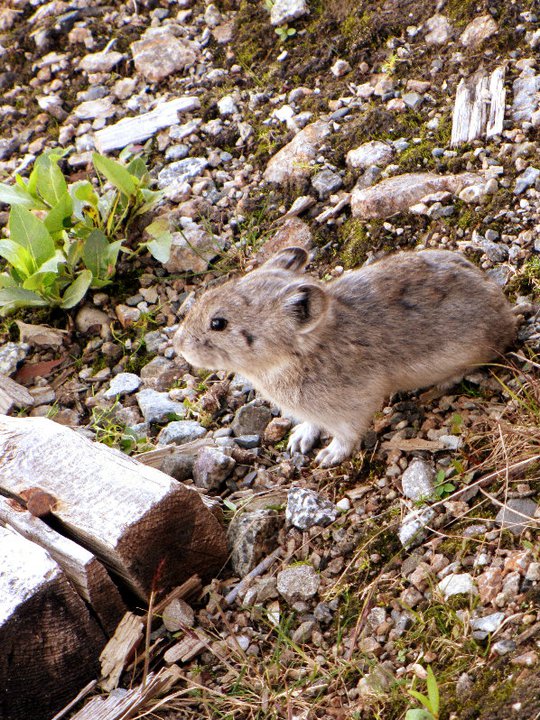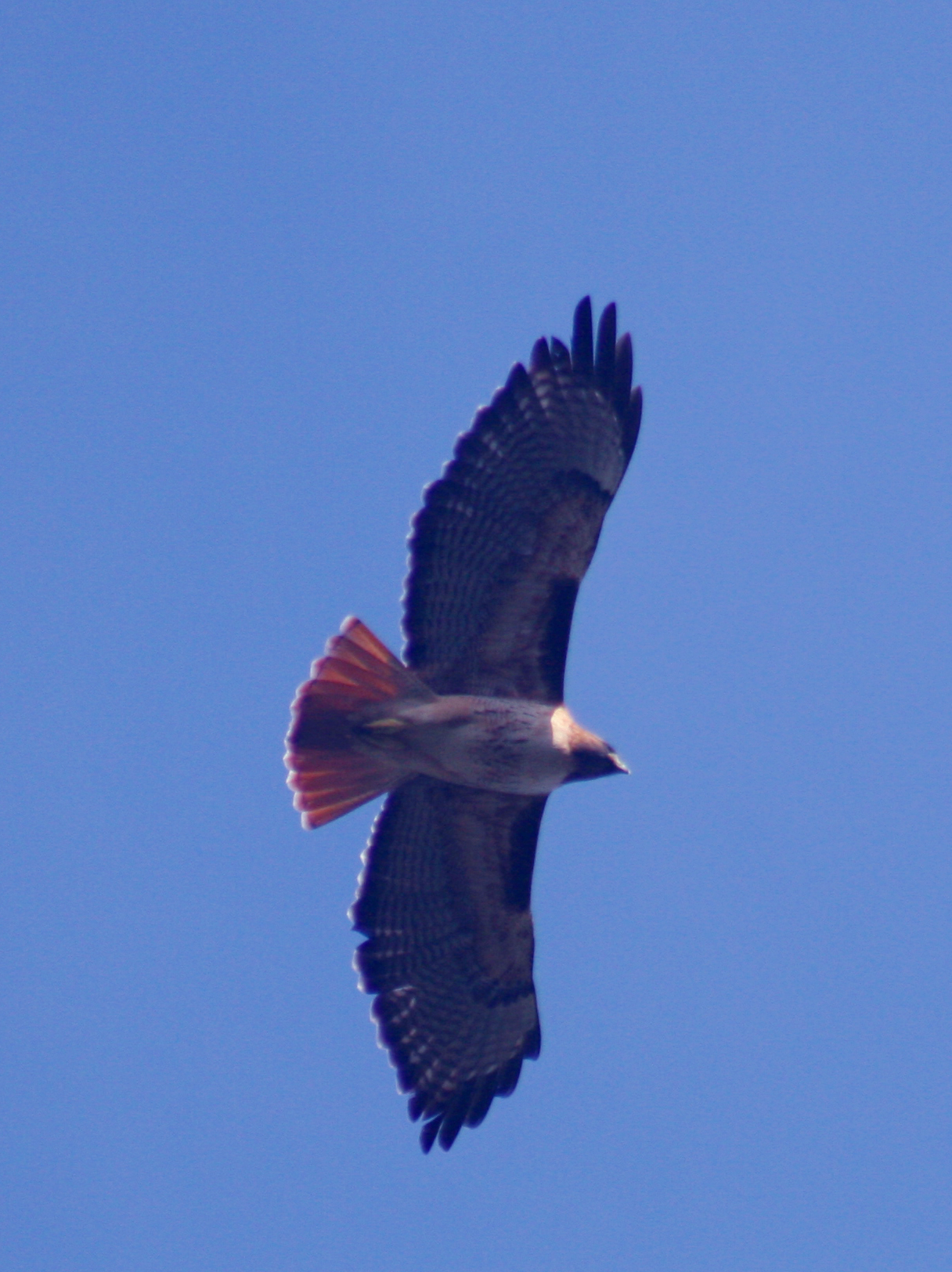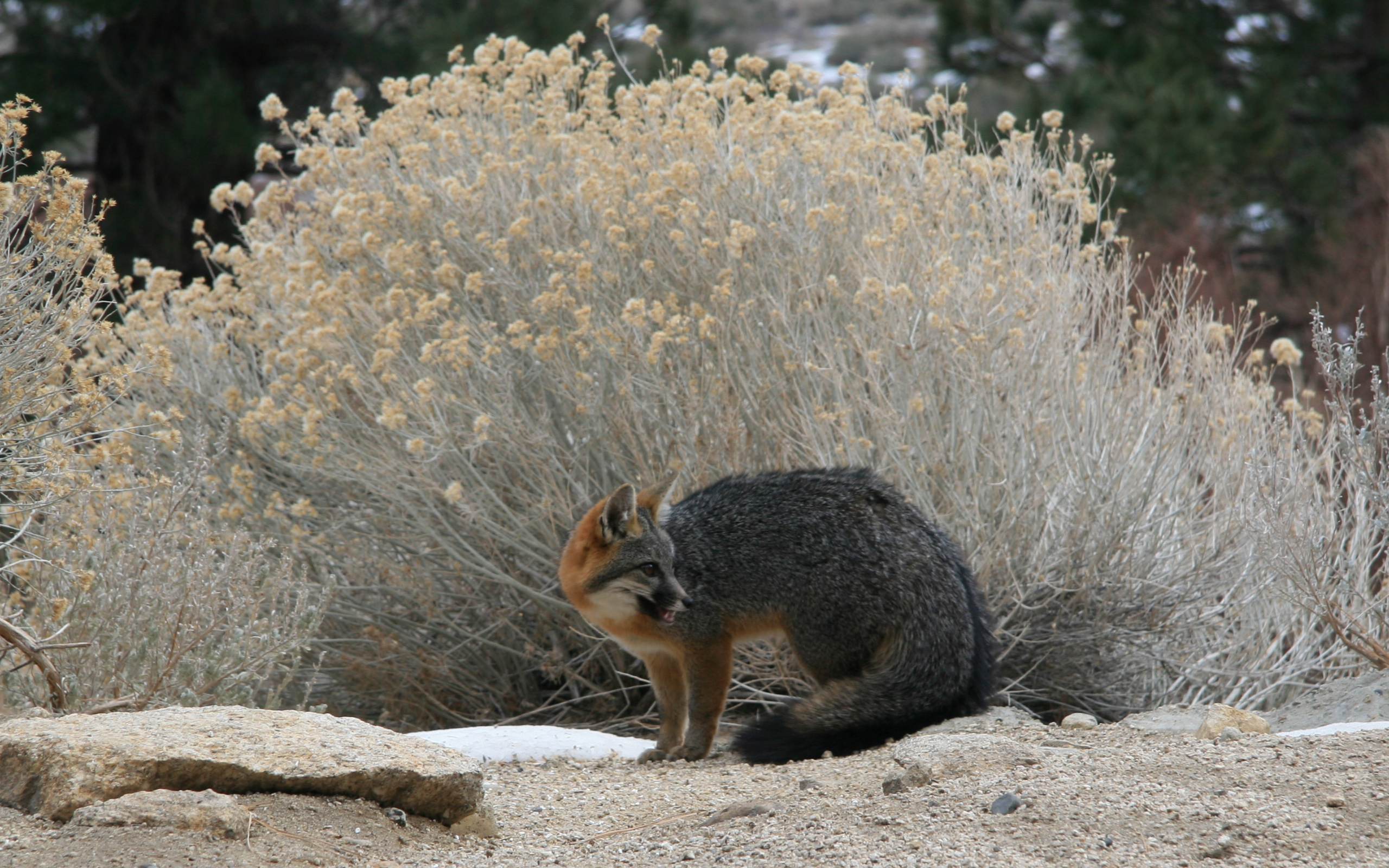|
Desatoya Peak
Desatoya Peak is the tallest mountain in both the Desatoya Mountains and Churchill County, in Nevada, United States. It ranks forty-third among the most topographically prominent peaks in the state. The mountain has two peaks with the south peak being the taller at while the north peak has an elevation of . It is located about west of Austin and east of Fallon, along the boundary between Churchill County and Lander County. The peak is on public land administered by the Bureau of Land Management and thus has no access restrictions. Conservation The surrounding Desatoya Peak are part of the Desatoya Mountains Wilderness Study Area which is administered by the Bureau of Land Management. Wildlife that make their home here are mountain lion, mule deer, gray fox, sage grouse, red-tailed hawk, golden eagle and pika. Additionally, brook trout and Humboldt cutthroat trout The Humboldt cutthroat trout (''Oncorhynchus clarkii humboldtensis'') is a subspecies of cutthroat tro ... [...More Info...] [...Related Items...] OR: [Wikipedia] [Google] [Baidu] |
List Of Highest Points In Nevada By County
This is a list of highest points in the U.S. state of Nevada, in alphabetical order by county. All elevations use the North American Vertical Datum of 1988 (NAVD88), the currently accepted vertical control datum for United States, Canada and Mexico. Elevations are from the National Geodetic Survey when available. Others are from the United States Geological Survey topographic maps when available. Elevations followed by a plus sign (+) were interpolated using topographic map contour lines. The true elevation is between that shown and the elevation plus forty feet since the relevant topographic maps all use 40-foot contours. Boundary Peak is the highest peak in terms of elevation, however, it has only 253 feet of clean prominence and so is usually considered a subsidiary peak of Montgomery Peak in California. Wheeler Peak, the next highest, has a clean prominence of 7,563 feet. References * {{cite peakbagger , lid=13205 , name=Nevada County High Points , accessdate=2014-01-28 ... [...More Info...] [...Related Items...] OR: [Wikipedia] [Google] [Baidu] |
Humboldt Cutthroat Trout
The Humboldt cutthroat trout (''Oncorhynchus clarkii humboldtensis'') is a subspecies of cutthroat trout, a North American fish in the family Salmonidae. It is one of the several subspecies of cutthroat trout. It was formally scientifically named in 2008 by Trotter and Behnke, who stated its distribution is in the basins of the upper Humboldt River of northern Nevada, the Upper Quinn River (Nevada and Oregon), as well as the Whitehorse (Coyote) basin (Oregon). The Nevada and Oregon Fish and Wildlife authorities still consider these populations belonging to the subspecies ''O. c. henshawi'' (the Lahontan cutthroat trout Lahontan cutthroat trout (''Oncorhynchus clarkii henshawi'') is the largest subspecies of cutthroat trout, and the state fish of Nevada. It is one of three subspecies of cutthroat trout that are listed as federally threatened. Natural history ...). [...More Info...] [...Related Items...] OR: [Wikipedia] [Google] [Baidu] |
Brook Trout
The brook trout (''Salvelinus fontinalis'') is a species of freshwater fish in the char genus ''Salvelinus'' of the salmon family Salmonidae. It is native to Eastern North America in the United States and Canada, but has been introduced elsewhere in North America, as well as to Iceland, Europe, and Asia. In parts of its range, it is also known as the eastern brook trout, speckled trout, brook charr, squaretail, brookie or mud trout, among others. A potamodromous population in Lake Superior, as well as an anadromous population in Maine, is known as coaster trout or, simply, as coasters. The brook trout is the state fish of nine U.S. states: Michigan, New Hampshire, New Jersey, New York, North Carolina, Pennsylvania, Vermont, Virginia, and West Virginia, and the Provincial Fish of Nova Scotia in Canada. Systematics and taxonomy The brook trout was first scientifically described as ''Salmo fontinalis'' by the naturalist Samuel Latham Mitchill in 1814. The specific epithet "''fontina ... [...More Info...] [...Related Items...] OR: [Wikipedia] [Google] [Baidu] |
Pika
A pika ( or ; archaically spelled pica) is a small, mountain-dwelling mammal found in Asia and North America. With short limbs, very round body, an even coat of fur, and no external tail, they resemble their close relative, the rabbit, but with short, rounded ears. The large-eared pika of the Himalayas and nearby mountains is found at heights of more than , among the highest of any mammal. Pikas prefer rocky slopes and graze on a range of plants, mostly grasses, flowers and young stems. In the autumn they pull hay, soft twigs and other stores of food into their burrows to eat during the long, cold winter. The pika is also known as the whistling hare because of its high-pitched alarm call when diving into its burrow. The name ‘pika’ appears to be derived from the Tungus ''piika'', and the scientific name ''Ochotona'' is from the Mongolian word ''ogutun-a, оготно'', which means pika. It is used for any member of the Ochotonidae, a family within the order of lagomorp ... [...More Info...] [...Related Items...] OR: [Wikipedia] [Google] [Baidu] |
Golden Eagle
The golden eagle (''Aquila chrysaetos'') is a bird of prey living in the Northern Hemisphere. It is the most widely distributed species of eagle. Like all eagles, it belongs to the family Accipitridae. They are one of the best-known bird of prey, birds of prey in the Northern Hemisphere. These birds are dark brown, with lighter golden-brown plumage on their napes. Immature eagles of this species typically have white on the tail and often have white markings on the wings. Golden eagles use their agility and speed combined with powerful feet and large, sharp talons to hunt a variety of prey, mainly hares, rabbits, and marmots and other ground squirrels. Golden eagles maintain home ranges or territories that may be as large as . They build large bird nest, nests in cliffs and other high places to which they may return for several breeding years. Most breeding activities take place in the spring; they are monogamous and may remain together for several years or possibly for life. Fe ... [...More Info...] [...Related Items...] OR: [Wikipedia] [Google] [Baidu] |
Red-tailed Hawk
The red-tailed hawk (''Buteo jamaicensis'') is a bird of prey that breeds throughout most of North America, from the interior of Alaska and northern Canada to as far south as Panama and the West Indies. It is one of the most common members within the genus of ''Buteo'' in North America or worldwide. The red-tailed hawk is one of three species colloquially known in the United States as the " chickenhawk", though it rarely preys on standard-sized chickens. The bird is sometimes also referred to as the red-tail for short, when the meaning is clear in context. Red-tailed hawks can acclimate to all the biomes within their range, occurring on the edges of non-ideal habitats such as dense forests and sandy deserts.Preston, C. R. (2000). ''Red-tailed Hawk''. Stackpole Books. The red-tailed hawk occupies a wide range of habitats and altitudes, including deserts, grasslands (from small meadows to the treed fringes of more extensive prairies), coniferous and deciduous forests, agricultur ... [...More Info...] [...Related Items...] OR: [Wikipedia] [Google] [Baidu] |
Sage Grouse
Sage-grouse are grouse belonging to the bird genus ''Centrocercus.'' The genus includes two species: the Gunnison grouse (''Centrocercus minimus'') and the greater sage-grouse (''Centrocercus urophasianus''). These birds are distributed throughout large portions of the north-central and Western United States, as well as the Canadian provinces of Alberta and Saskatchewan. The International Union for Conservation of Nature classified the ''C. minimus'' species as endangered in 2020 and ''C. urophasianus'' as near threatened in 2016. Names The specific epithet is from another Greek word, "oura", plus "phasianos", pheasant. The noun "pheasant" was originally applied to a bird that was native to the valley of the Phasis River (now the Rioni River), which is located in Georgia. In the time of Lewis and Clark the word "pheasant" stood for "a genus of gallinaceous birds", according to lexicographer Noah Webster (1806), and the explorers often used it in that sense. "Gallinaceous" then r ... [...More Info...] [...Related Items...] OR: [Wikipedia] [Google] [Baidu] |
Gray Fox
The gray fox (''Urocyon cinereoargenteus''), or grey fox, is an omnivorous mammal of the family Canidae, widespread throughout North America and Central America. This species and its only congener, the diminutive island fox (''Urocyon littoralis'') of the California Channel Islands, are the only living members of the genus ''Urocyon'', which is considered to be genetically basal to all other living canids. Its species name ''cinereoargenteus'' means " ashen silver". It was once the most common fox in the eastern United States, and though still found there, human advancement and deforestation allowed the red fox to become the predominant fox-like canid. Despite this post-colonial competition, the gray fox has been able to thrive in urban and suburban environments, one of the best examples being southern Florida. The Pacific States and Great Lakes region still have the gray fox as their prevalent fox. Etymology The genus ''Urocyon'' comes from the Latin 'uro' meaning tail, an ... [...More Info...] [...Related Items...] OR: [Wikipedia] [Google] [Baidu] |
Mule Deer
The mule deer (''Odocoileus hemionus'') is a deer indigenous to western North America; it is named for its ears, which are large like those of the mule. Two subspecies of mule deer are grouped into the black-tailed deer. Unlike the related white-tailed deer (''Odocoileus virginianus''), which is found throughout most of North America east of the Rocky Mountains and in the valleys of the Rocky Mountains from Idaho and Wyoming northward, mule deer are only found on the western Great Plains, in the Rocky Mountains, in the southwest United States, and on the west coast of North America. Mule deer have also been introduced to Argentina and Kauai, Kauai, Hawaii. Taxonomy Mule deer can be divided into two main groups: the mule deer (''sensu stricto'') and the black-tailed deer. The first group includes all subspecies, except ''O. h. columbianus'' and ''Sitka deer, O. h. sitkensis'', which are in the black-tailed deer group. The two main groups have been treated as separate species, but ... [...More Info...] [...Related Items...] OR: [Wikipedia] [Google] [Baidu] |
Mountain Lion
The cougar (''Puma concolor'') is a large cat native to the Americas. Its range spans from the Canadian Yukon to the southern Andes in South America and is the most widespread of any large wild terrestrial mammal in the Western Hemisphere. It is an adaptable, generalist species, occurring in most American habitat types. This wide range has brought it many common names, including puma, mountain lion, catamount and panther (for the Florida sub-population). It is the second-largest cat in the New World, after the jaguar (''Panthera onca''). Secretive and largely solitary by nature, the cougar is properly considered both nocturnal and crepuscular, although daytime sightings do occur. Despite its size, the cougar is more closely related to smaller felines, including the domestic cat (''Felis catus'') than to any species of the subfamily Pantherinae. The cougar is an ambush predator that pursues a wide variety of prey. Primary food sources are ungulates, particularly deer, but it ... [...More Info...] [...Related Items...] OR: [Wikipedia] [Google] [Baidu] |
Bureau Of Land Management
The Bureau of Land Management (BLM) is an agency within the United States Department of the Interior responsible for administering federal lands. Headquartered in Washington DC, and with oversight over , it governs one eighth of the country's landmass. President Harry S. Truman created the BLM in 1946 by combining two existing agencies: the General Land Office and the Grazing Service. The agency manages the federal government's nearly of subsurface mineral estate located beneath federal, state and private lands severed from their surface rights by the Homestead Act of 1862. Most BLM public lands are located in these 12 western states: Alaska, Arizona, California, Colorado, Idaho, Montana, Nevada, New Mexico, Oregon, Utah, Washington and Wyoming. The mission of the BLM is "to sustain the health, diversity, and productivity of the public lands for the use and enjoyment of present and future generations." Originally BLM holdings were described as "land nobody wanted" because home ... [...More Info...] [...Related Items...] OR: [Wikipedia] [Google] [Baidu] |




_(cropped).jpg)


